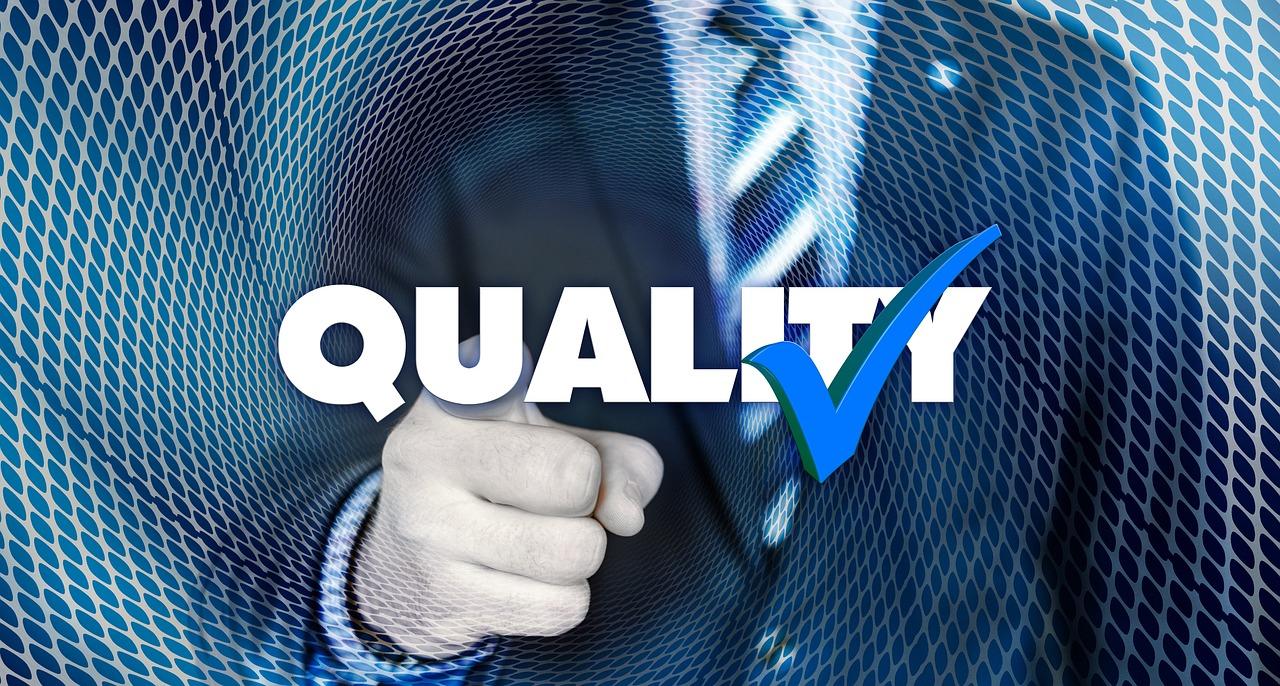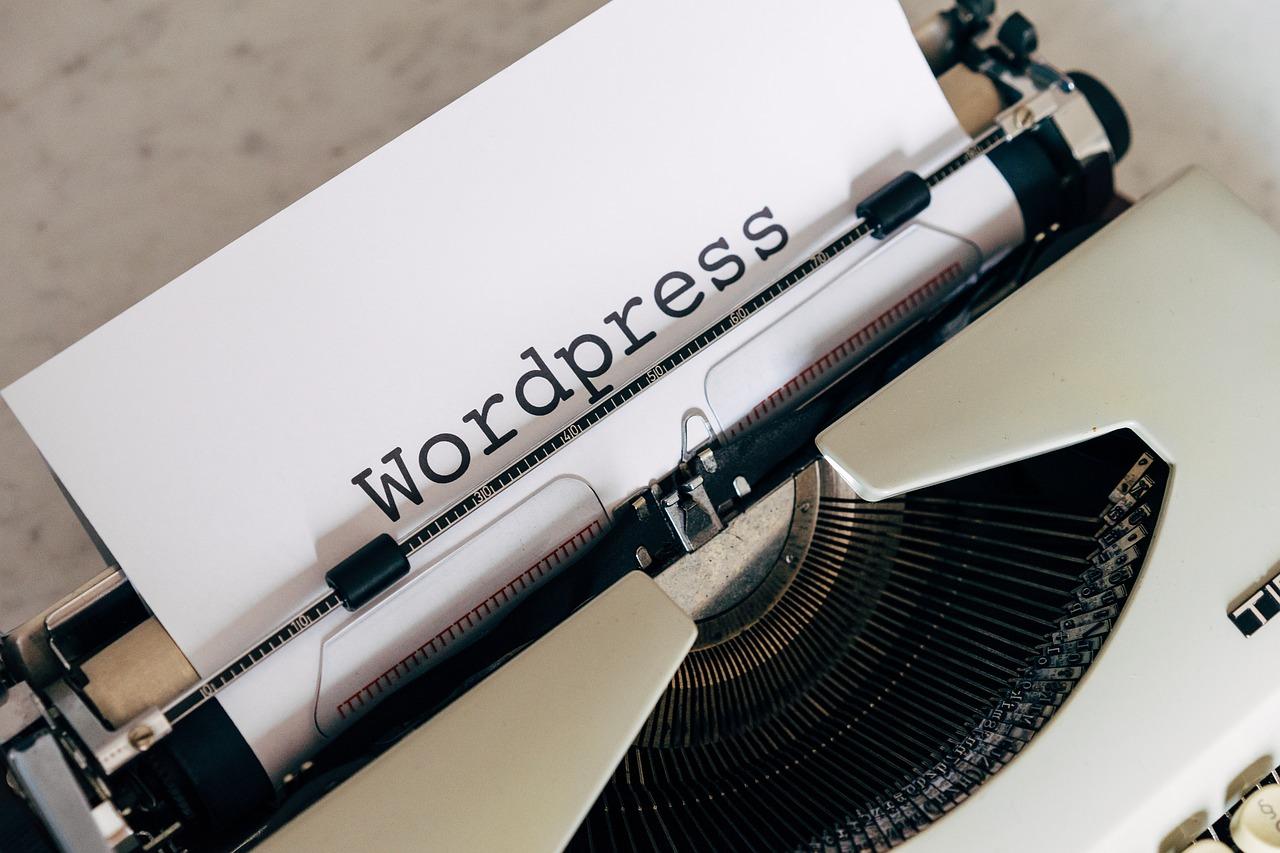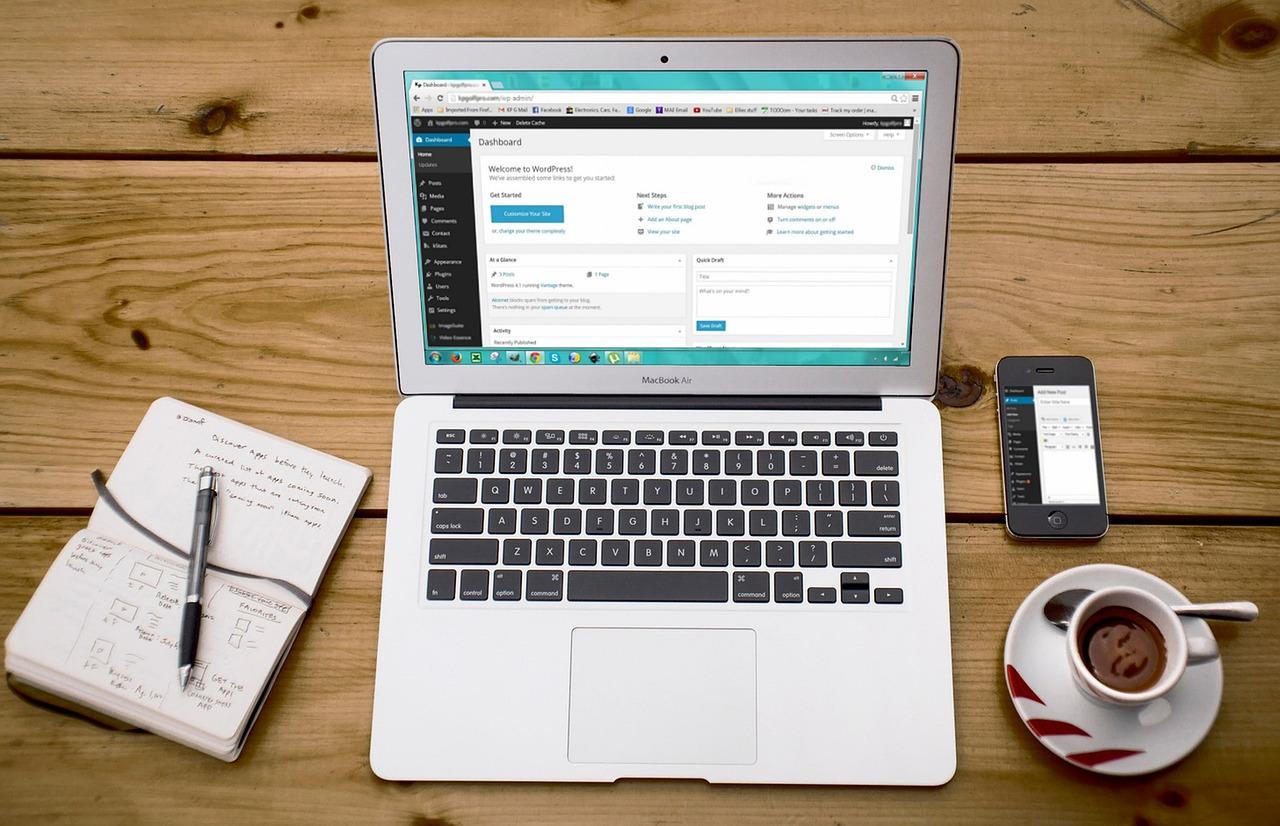In 2025, the realm of UI/UX design is transformed by visionary companies that blend creativity with technology. Discover the top 10 design powerhouses that are not just setting trends, but inspiring a user-centric revolution. Elevate your brand with these innovative leaders!
TOP 10 UI/UX Design Companies in 2025
Introduction:
In a world where digital experiences define our interactions, the role of exceptional UI/UX design has never been more crucial. As we step into 2025, the landscape of design is evolving at an unprecedented pace, driven by innovation, creativity, and a deep understanding of user needs. Companies that excel in UI/UX design are not just creating visually appealing interfaces; they are shaping the way we engage with technology, enhancing our experiences, and ultimately transforming industries.
In this article, we celebrate the top 10 UI/UX design companies that are leading the charge in this dynamic field. These trailblazers combine artistry with technology, placing user experience at the heart of their mission. Whether you’re a business seeking inspiration, a designer looking for a role model, or simply passionate about the future of digital design, these companies represent the pinnacle of excellence in UI/UX. Join us as we explore their innovative approaches and groundbreaking projects that will inspire the next generation of design thinkers. Together, let’s dive into the future of user-centric design, where creativity meets usability, and every interaction becomes a delightful experience.
Unveiling Excellence in User Experience Design
In the ever-evolving digital landscape, a seamless and engaging user experience is paramount. As we step into 2025, the competition among UI/UX design companies intensifies, pushing the boundaries of creativity and innovation. Here, we celebrate the leaders in this domain, those who not only understand user needs but also translate them into visually stunning and highly functional designs.
These companies have excelled by focusing on core principles of user-centric design, consistent branding, and responsive interfaces. Their work reflects a deep understanding of how users interact with digital products, ensuring that every click, swipe, and scroll enhances the overall experience.
Among the top contenders, you will find firms that specialize in:
- Intuitive Navigation: Crafting pathways that users can follow effortlessly.
- Responsive Design: Ensuring that every interface is adaptable across devices.
- Visual Hierarchy: Using color, typography, and layout to guide the user’s attention.
- Accessibility: Designing for all users, including those with disabilities.
Moreover, these companies are not just about aesthetics; they leverage data and analytics to back their design choices. By conducting user research, A/B testing, and usability studies, they refine their products to meet real-world needs and preferences. This commitment to understanding users lays the foundation for trust and loyalty, which are invaluable in today’s market.
To illustrate the impact of exceptional design, consider the following table showcasing key attributes of the leading UI/UX design firms in 2025:
| Company Name | Specialty | Notable Project |
|---|---|---|
| Design Innovators | AI Integration | Smart Home App |
| Creative Minds | Mobile Experiences | Travel Booking Platform |
| User First | Accessibility Solutions | Health Management Tool |
| Interface Gurus | Brand Identity | E-commerce Website |
In this dynamic field, the best UI/UX design companies are those that not only keep pace with technology but also anticipate user needs. Their visions shape the future of interaction, fostering environments where creativity and functionality coexist harmoniously. As we explore the top players of 2025, let us draw inspiration from their journeys, aiming to elevate user experience to unprecedented heights.

The Visionaries Shaping the Future of UI/UX
As technology continues to evolve at a breakneck pace, the importance of exceptional UI/UX design cannot be overstated. The companies leading the charge in this arena are not just adapting to trends; they are setting them. In 2025, the landscape will be shaped by visionary firms that prioritize user-centric design while harnessing the power of emerging technologies.
Among the frontrunners, Innovation Labs stands out for their commitment to integrating artificial intelligence into the design process. By utilizing AI algorithms, they can analyze user behavior more effectively, allowing for hyper-personalized experiences that resonate with individual needs. Their approach redefines user engagement, making each interaction feel intuitive and meaningful.
Another trailblazer is Sustainable Design Co., which emphasizes eco-friendly practices in UI/UX design. As consumers become increasingly aware of environmental issues, this company leverages sustainable methodologies to create designs that are not only visually appealing but also environmentally responsible. Their designs cater to the eco-conscious user, proving that great design can align with greater good.
Global Reach Agency is also making waves with their focus on inclusivity. They are pioneering accessible design solutions that cater to diverse user demographics, including those with disabilities. Their commitment to inclusivity ensures that every user can benefit from a seamless experience, highlighting the ethical responsibility of designers in today’s digital landscape. This approach not only broadens their client base but also sets a standard for the industry.
In the age of data, Insightful Designs excels in transforming complex data into visually stunning interfaces. Their expertise in data visualization empowers clients to communicate stories effectively through design. By marrying aesthetics with functionality, they demonstrate that data-driven decisions can also be beautiful, captivating, and user-friendly.
| Company Name | Focus Area |
|---|---|
| Innovation Labs | AI Integration |
| Sustainable Design Co. | Eco-friendly Practices |
| Global Reach Agency | Inclusivity |
| Insightful Designs | Data Visualization |
Moreover, Creative Pioneers is leading the way in immersive experiences, leveraging technologies like AR and VR to redefine user interaction. Their designs transport users into a fully interactive world, making them active participants rather than passive observers. This level of engagement not only captivates users but also enhances retention and brand loyalty.
As we look to the future, it is clear that the visionaries shaping the UI/UX landscape are not just focused on what is trendy today; they are envisioning what will be essential tomorrow. These companies exemplify the blend of creativity, technology, and social responsibility that will define the next generation of design.
Innovative Techniques from Leading Design Firms
In the ever-evolving realm of UI/UX design, top firms are consistently pushing the boundaries of creativity and functionality. Their innovative techniques not only enhance user experience but also set the standard for the industry. Here are some standout methodologies that are shaping the future of design:
1. User-Centric Design
Leading firms place a strong emphasis on user-centric design, ensuring that every decision is driven by user needs and behaviors. This approach involves:
- Conducting extensive user research to gather insights.
- Creating personas to represent target audiences.
- Implementing iterative testing to refine designs based on real feedback.
2. Design Thinking
Many top companies employ design thinking as a framework for innovation. This technique fosters collaboration and creativity by:
- Encouraging teams to empathize with users.
- Defining problems clearly before ideating solutions.
- Prototyping rapidly to test concepts in real-world scenarios.
3. Data-Driven Decisions
The integration of data analytics into the design process allows firms to make informed decisions. This includes:
- Utilizing A/B testing to evaluate design variations.
- Employing heatmaps to analyze user interactions.
- Leveraging analytics tools to track user journeys and pinpoint friction points.
4. Visual Storytelling
Top design firms have recognized the power of visual storytelling to engage users. Effective techniques include:
- Utilizing compelling imagery to evoke emotions.
- Crafting narratives that guide users through their journey.
- Integrating animations that enhance storytelling without overwhelming users.
5. Accessibility First
In 2025, a significant focus among leading firms is on accessibility. They ensure that designs are inclusive by:
- Adhering to WCAG guidelines.
- Conducting accessibility audits to identify barriers.
- Incorporating features like screen reader compatibility and keyboard navigation.
Table of Techniques and Impact
| Technique | Impact on UX |
|---|---|
| User-Centric Design | Enhanced satisfaction and loyalty |
| Design Thinking | Boosted innovation and creativity |
| Data-Driven Decisions | Informed design choices and improvements |
| Visual Storytelling | Stronger emotional connections |
| Accessibility First | Wider audience reach and inclusivity |
These innovative techniques are not just trends; they represent the core philosophies of the most successful UI/UX design firms today. By embracing and implementing these strategies, companies can create impactful user experiences that resonate and endure.
Crafting Seamless Interactions for Users Everywhere
In an ever-evolving digital landscape, the significance of intuitive user interfaces and immersive experiences cannot be overstated. The top design firms of 2025 are mastering the art of user-centered design, seamlessly blending aesthetics with functionality. Each of these companies is committed to delivering not just products, but experiences that resonate deeply with users, regardless of their backgrounds or technical abilities.
The best UI/UX design agencies are leveraging cutting-edge technologies and methodologies to create designs that are not only attractive but also highly responsive. By focusing on user behavior and preferences, these firms ensure that every interaction is smooth and engaging. Key to their success are principles such as:
- Empathy: Understanding the user’s needs and pain points is the foundation of effective design.
- Simplicity: Stripping away the unnecessary to highlight what truly matters to the user.
- Consistency: Maintaining uniformity across platforms for a cohesive user experience.
- Accessibility: Ensuring that designs are usable by people of all abilities, enhancing reach and inclusivity.
The leading firms are also focused on collaboration, bringing together multidisciplinary teams to enhance creativity and innovation. Through brainstorming sessions and user feedback, these agencies are able to craft solutions that reflect real-world needs. They utilize advanced prototyping tools to visualize concepts quickly, allowing for iterative testing and refinement.
Consider the role of data analytics in shaping design strategies. The most successful UI/UX companies harness user insights gathered from real interactions, enabling them to tailor experiences that are both personalized and effective. This data-driven approach not only fosters better engagement but also leads to higher conversion rates.
As we look to the future, the impact of emerging technologies like AI and VR in UI/UX design cannot be overlooked. These technologies are redefining how users interact with digital products, creating opportunities for immersive experiences that were previously unimaginable. The top design agencies are at the forefront of this evolution, constantly exploring new ways to enhance user satisfaction.
the future of UI/UX design is bright, characterized by a commitment to crafting seamless interactions that empower users everywhere. Through innovation, empathy, and a relentless focus on user experience, the leading companies are not just designing for today—they are shaping the digital experiences of tomorrow.

The Role of User Research in Top Design Companies
User research is a cornerstone in the world of UI/UX design, especially among the leading design companies. These firms recognize that understanding the end user is not just an option; it’s a necessity. By integrating user research into their design processes, top companies create products that resonate deeply with users, ensuring higher satisfaction and engagement.
Effective user research involves various methodologies that help uncover user needs, preferences, and behaviors. Some of the most common techniques include:
- Surveys: Gathering quantitative data from a broad audience.
- User Interviews: Conducting in-depth conversations to explore user experiences.
- Usability Testing: Observing users as they interact with a prototype to identify pain points.
- Focus Groups: Engaging with small groups of users to gather feedback on concepts and designs.
The insights gained from these methods guide design decisions by illuminating the paths users take and the obstacles they encounter. In turn, this results in solutions that are not only aesthetically pleasing but also functionally robust. This user-centric approach helps top design companies create interfaces that are intuitive and enjoyable to use.
Moreover, companies that prioritize user research foster a culture of empathy within their teams. When designers and developers engage directly with users, they cultivate a better understanding of their audience. This empathy translates into designs that are more aligned with user expectations and needs, ultimately driving better business outcomes.
Investing in user research also leads to significant cost savings in the long run. By identifying and addressing potential issues early in the design process, companies can avoid costly revisions and rework that often arise from overlooking user needs. This proactive approach not only enhances efficiency but also accelerates time-to-market for new products.
user research is not merely an additional step in the design process; it is an essential component that shapes the core of successful UI/UX design. Leading design companies harness this power, resulting in products that not only meet but exceed user expectations, setting a standard for excellence in the industry.
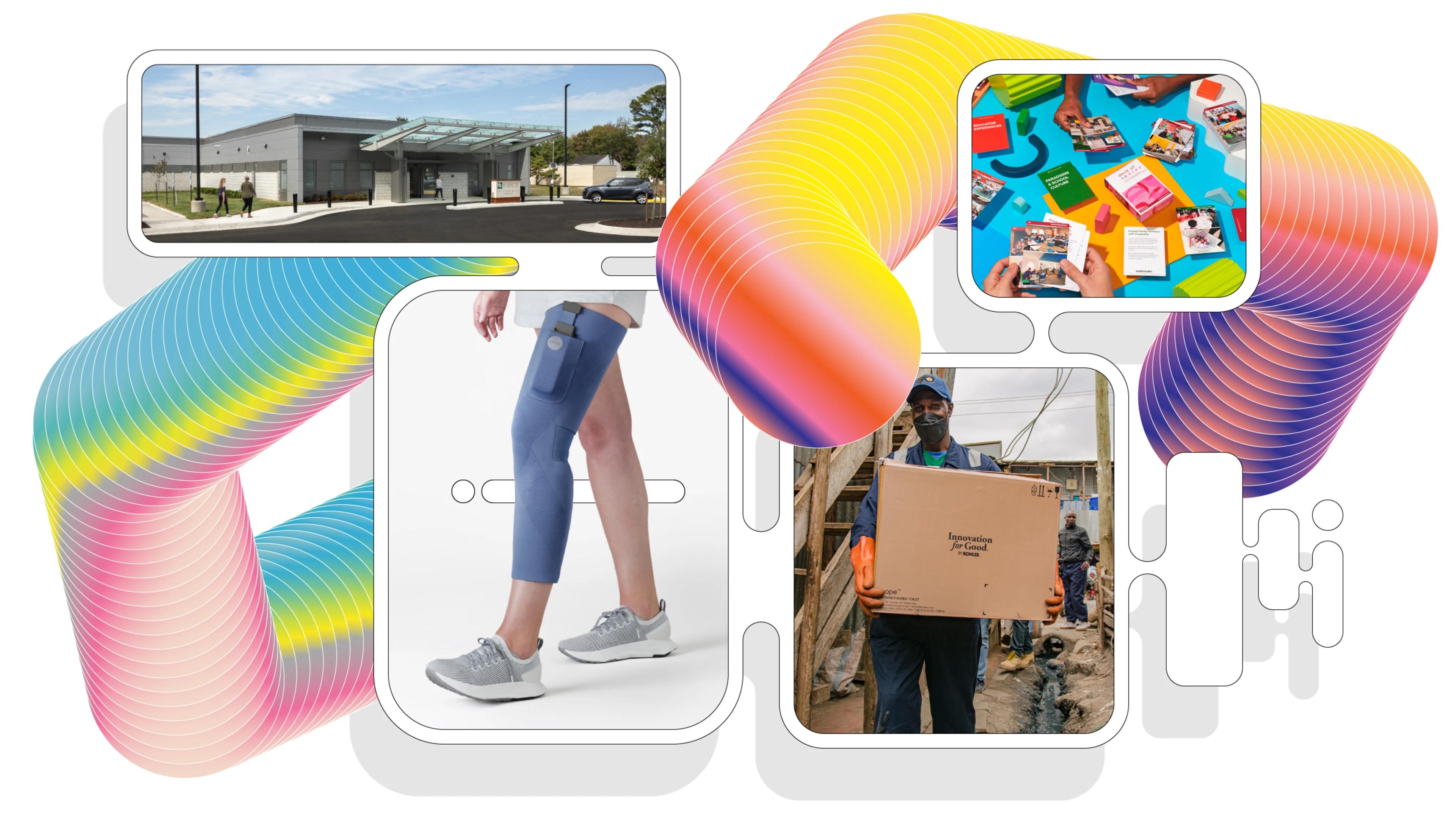
Transforming Ideas into Impactful Designs
In the rapidly evolving world of design, the fusion of creativity and technology is paramount. Today’s top UI/UX design companies are not just about aesthetics; they strive to create experiences that resonate with users on a deeper level. By blending innovative ideas with user-centered approaches, these firms are transforming visions into designs that are both impactful and functional.
Leading companies understand that great design is more than just visual appeal. It involves:
- User Research: Diving deep into user behaviors, needs, and motivations to inform design decisions.
- Prototyping: Creating interactive mockups to test ideas quickly and gather feedback.
- Iterative Design: Continuously refining designs based on user input and analytics.
- Collaborative Culture: Fostering teamwork where designers, developers, and stakeholders work hand-in-hand.
These elements culminate in the creation of not just visually stunning designs, but also products that solve real-world problems. The most successful design companies are those that harness the power of technology, utilizing tools and methodologies that enhance the user journey. They bring forth solutions that are intuitive and accessible, ensuring that users feel understood and valued.
When exploring the most impactful design firms, you’ll notice a recurring theme: a commitment to sustainability and inclusivity. In 2025, it’s clear that:
- Design for All: A focus on accessibility so that everyone can engage with digital products.
- Eco-friendly Practices: Utilizing sustainable materials and processes to minimize environmental impact.
- Cultural Sensitivity: Crafting designs that respect and celebrate diversity across global markets.
| Company Name | Specialization | Notable Project |
|---|---|---|
| Design Innovators | Mobile UX | Health App Transformation |
| UI Masters | Web Applications | E-commerce Revamp |
| Creative Solutions | Branding & Identity | Global Campaign Launch |
Collectively, these leading organizations exemplify the power of design to drive meaningful change. Whether it’s through fostering community, enhancing user experience, or developing sustainable practices, they are at the forefront of reshaping the digital landscape. The future of design is bright, and it’s the innovative thinking of these companies that will pave the way for a more connected and impactful world.
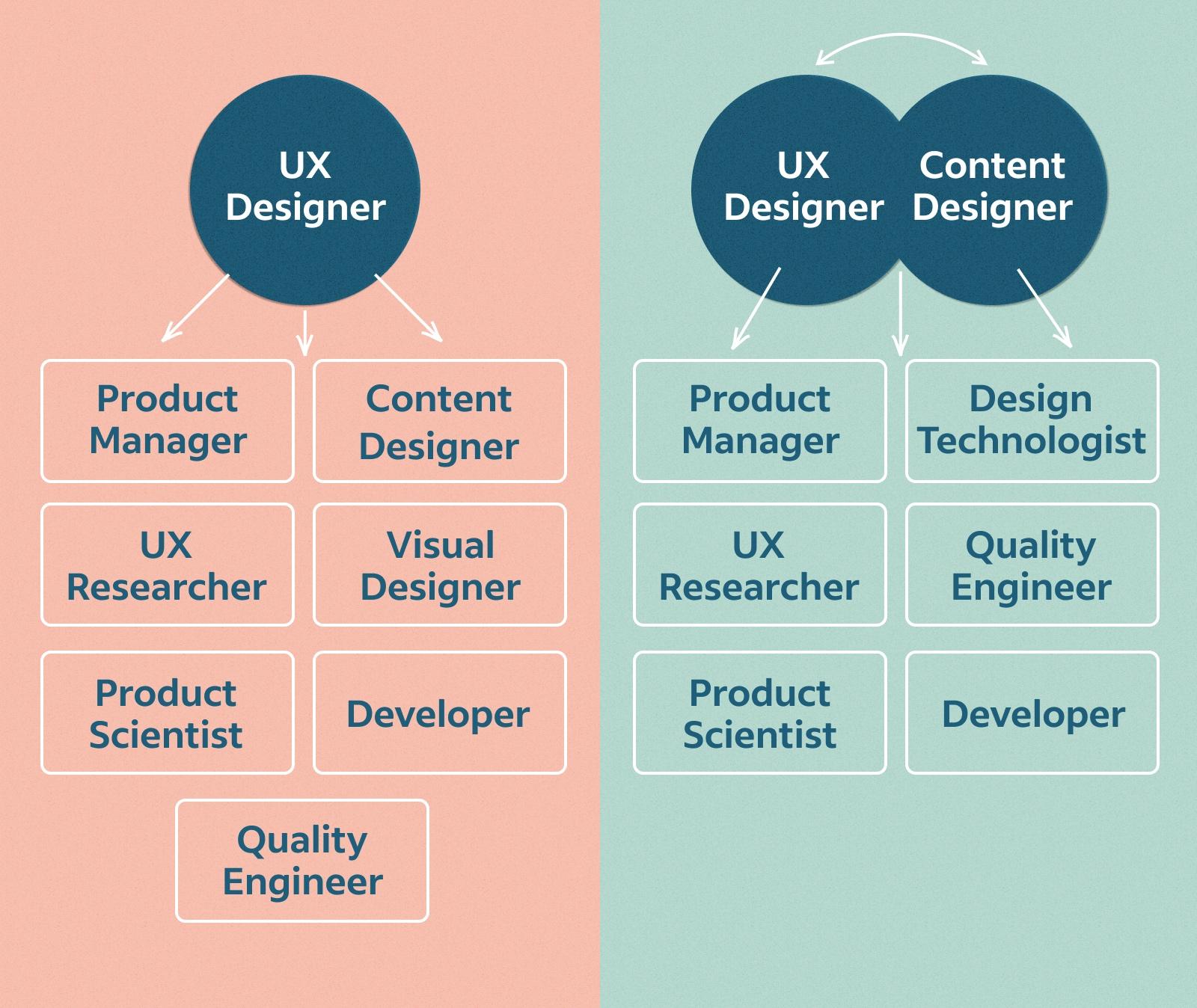
Why Collaboration is Key in UX/UI Success
In the rapidly evolving world of UI/UX design, collaboration stands out as a fundamental pillar for achieving outstanding results. When multiple minds come together, the creative process flourishes, leading to innovative solutions that resonate deeply with users. The synergy created through collaboration not only enhances the design quality but also ensures that diverse perspectives are incorporated, resulting in a more holistic user experience.
Successful design is not merely about aesthetics; it’s about solving real problems. Collaboration fosters an environment where team members can share insights, challenge assumptions, and uncover user needs that may not have been initially apparent. By involving various stakeholders—such as designers, developers, product managers, and even end-users—teams can create designs that not only look good but also function effectively and meet business objectives.
Moreover, collaboration enhances communication and reduces the risk of misunderstandings. Regular brainstorming sessions and feedback loops help in aligning the team toward a common vision, enabling them to iterate quickly and effectively. This process ensures that everyone is on the same page, significantly reducing the chances of rework and misaligned priorities.
Taking it a step further, embracing collaborative tools and methodologies can greatly improve workflow. Utilizing platforms that encourage real-time feedback and visual design sharing can lead to quicker decision-making and a more agile design process. Some key benefits of collaborative tools include:
- Enhanced productivity: Streamlined communication allows teams to focus on creative output.
- Increased innovation: Diverse teams generate unique ideas and solutions.
- User-centered design: More input leads to designs that better address user needs.
As we look toward the future of UI/UX design, it becomes clear that collaboration is not just a trend; it’s a necessity. Companies that prioritize teamwork and collective problem-solving will not only stay ahead of the curve but will also create memorable user experiences that foster loyalty and engagement. In this competitive landscape, the most successful design firms will be those that harness the power of collaboration to drive innovation and deliver exceptional value to their clients.
| Aspect | Benefits of Collaboration |
|---|---|
| Creativity | Brings diverse ideas to the forefront |
| User Focus | Ensures designs meet real user needs |
| Efficiency | Reduces time-to-market with quicker iterations |
| Quality | Leads to higher-quality outcomes through feedback |
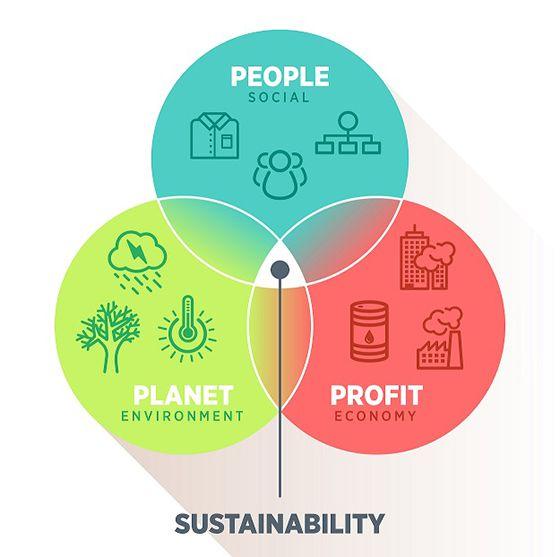
Sustainability in Design: The New Frontier
The convergence of technology and sustainability is reshaping the landscape of UI/UX design. In 2025, leading design companies are not just focusing on aesthetics and usability but are also prioritizing eco-friendly practices. This evolution signifies a shift towards responsibility, where designers are challenged to create experiences that are not only engaging but also sustainable.
At the heart of this movement is the recognition that every design choice has implications for our planet. Companies are now adopting sustainable materials, minimizing waste, and utilizing energy-efficient technologies. This approach not only enhances the brand image but also resonates with environmentally conscious consumers, fostering loyalty and trust.
As a result, design firms are implementing various strategies to fulfill their sustainability goals:
- Eco-friendly Prototyping: Utilizing recycled materials for prototypes and mock-ups.
- Energy-efficient Workflows: Embracing cloud technologies that reduce energy consumption.
- Remote Collaboration: Reducing the carbon footprint by promoting flexible work arrangements.
- User-Centric Design: Creating experiences that encourage users to make sustainable choices.
Moreover, the use of data analytics in measuring the environmental impact of design decisions is becoming essential. By collecting and analyzing data on user behavior and resource consumption, companies can refine their approaches to maximize sustainability. This not only helps in minimizing waste but also supports a circular economy, where resources are reused and recycled.
| Design Company | Core Sustainability Initiative | Impact |
|---|---|---|
| EcoDesign Studio | 100% Recycled Materials | Reduces landfill waste by 30% |
| Green UX Agency | Carbon Offset Program | Neutralizes CO2 emissions from all projects |
| Sustainable Interfaces | Community Workshops | Educates 500+ users annually on sustainability |
Looking ahead, the integration of sustainability into design practices will not just be a trend but a necessity. Designers will become pivotal in advocating for a future that harmonizes creativity with ecological responsibility. Companies that embrace this frontier will not only lead in innovation but also inspire a new generation of designers to think critically about their impact on the world.
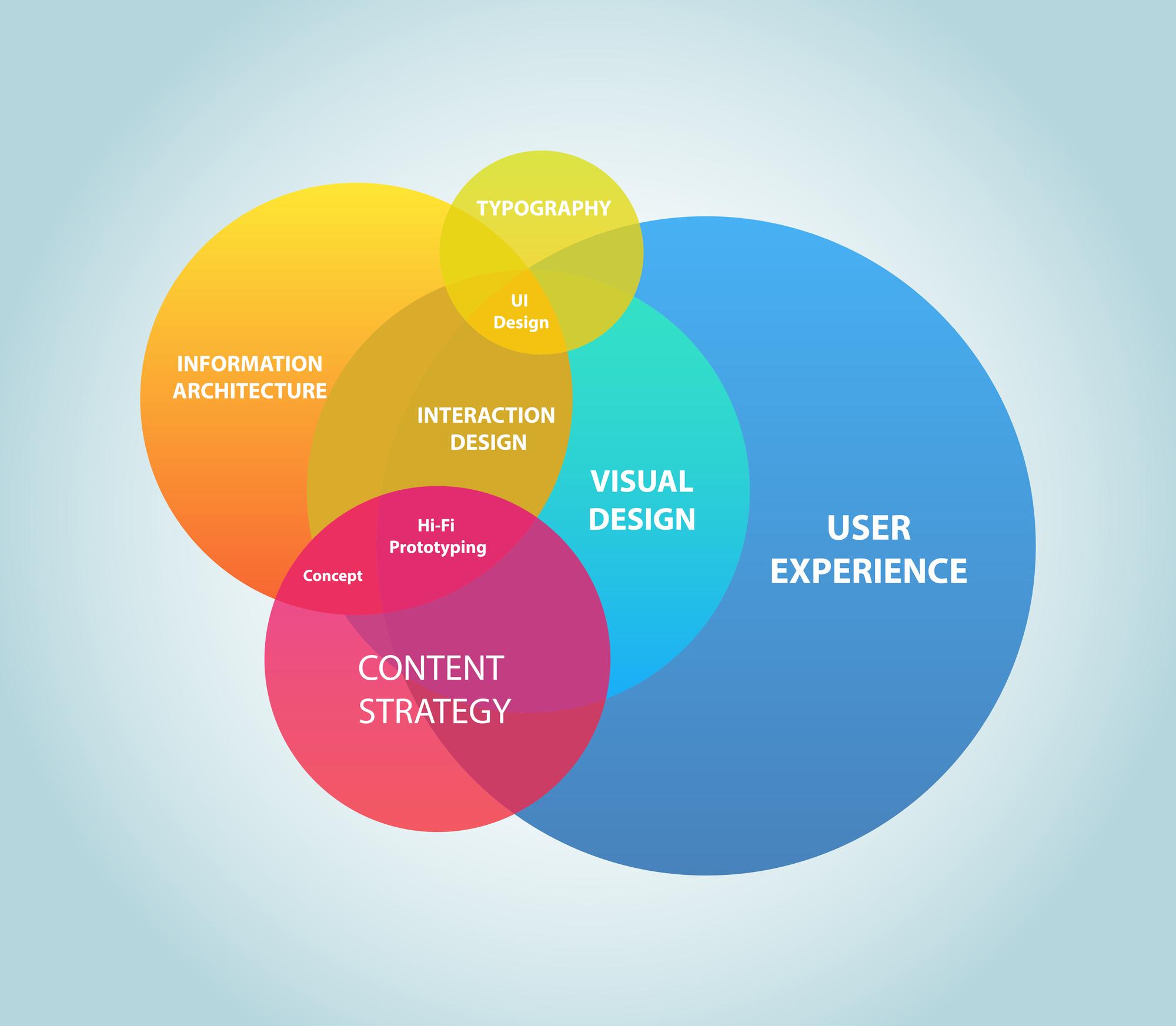
Adapting to Trends: How to Stay Ahead in UI/UX
In an industry as dynamic as UI/UX design, staying relevant means constantly evolving and adapting to emerging trends. The best design companies of 2025 are those that not only recognize the shift in user expectations but also lead the charge in innovative design practices. To maintain a competitive edge, these companies emphasize the importance of understanding user behavior, leveraging advanced technologies, and embracing new methodologies.
Embrace User-Centric Design
At the heart of every successful UI/UX project lies a deep understanding of user needs. Design companies are increasingly adopting user-centric approaches that focus on:
- Empathy Mapping: Gaining insights into users’ emotions and motivations.
- User Testing: Iteratively refining products based on real user feedback.
- Accessibility: Designing for inclusivity to cater to diverse user groups.
Leverage Technology
The integration of cutting-edge technology is vital for staying ahead. Companies that harness the power of AI, AR, and VR not only enhance user experiences but also streamline design processes. Key technologies to watch include:
- Artificial Intelligence: Utilizing AI for personalization and predictive analytics.
- Augmented and Virtual Reality: Creating immersive experiences that engage users on a deeper level.
- Automation Tools: Streamlining workflows to increase efficiency and reduce time-to-market.
Adopt Agile Methodologies
Flexibility in design processes allows teams to respond quickly to changing trends and user feedback. Agile methodologies promote:
- Collaboration: Cross-functional teams working together for effective problem-solving.
- Continuous Improvement: Regular iterations that refine and enhance design quality.
- Rapid Prototyping: Quickly turning ideas into tangible designs for testing and feedback.
| Design Company | Key Strengths | Innovative Approach |
|---|---|---|
| DesignCo | User-Centric Focus | Empathy Mapping |
| Creative Minds | Tech Integration | AR Experiences |
| Agile Studios | Rapid Prototyping | Real-Time Collaboration |
By consistently adapting to these trends and methodologies, leading design companies of 2025 position themselves not merely as service providers, but as invaluable partners in the evolving landscape of user experience. Their commitment to innovation and user satisfaction ensures that they remain at the forefront of design excellence, setting benchmarks that others aspire to achieve.

Harnessing Technology for Enhanced User Engagement
In an age where user experience is paramount, leveraging technology to enhance user engagement has become a game-changer for design companies. By integrating innovative tools and methodologies, organizations can create interfaces that not only captivate but also retain users. The right technology can transform mundane interactions into delightful experiences that resonate with users on a deeper level.
One of the driving forces behind effective user engagement is the use of data analytics. By harnessing analytics, UI/UX design companies can gain insights into user behavior, preferences, and pain points. These insights enable designers to craft more personalized experiences, ensuring that the content and layout resonate with their target audience. Imagine a platform that adapts to individual user habits and preferences, making each visit feel uniquely tailored.
Furthermore, the emergence of artificial intelligence is revolutionizing how designers approach user interaction. AI-driven tools can analyze vast amounts of data and predict user needs, enabling the creation of intuitive interfaces. Features such as chatbots and personalized content recommendations not only enhance user engagement but also streamline navigation, making it easier for users to find what they need without frustration.
Additionally, incorporating responsive design technology ensures that applications are accessible across various devices and screen sizes. As users increasingly switch between smartphones, tablets, and desktops, a seamless experience on any device is crucial. This adaptability maintains user interest and satisfaction, fostering a more engaging interaction with the brand.
Another innovative approach is the integration of augmented reality (AR) and virtual reality (VR) Lastly, the implementation of gamification strategies can dramatically boost user engagement. By incorporating elements such as rewards, challenges, and competitions within the user interface, companies can motivate users to interact more frequently and deeply with their platforms. This not only creates a sense of achievement but also builds a community around the brand. As we look ahead, the most successful UI/UX design companies will be those that embrace technology to create more engaging, responsive, and personalized user experiences. By focusing on these innovative approaches, businesses can not only meet user expectations but exceed them, paving the way for lasting loyalty and brand affinity. Choosing the right design partner can significantly impact the success of your project. As you embark on this journey, consider several key factors that will guide you in selecting a team that aligns with your vision and goals. Experience and Expertise: Look for a partner with a proven track record in UI/UX design. Evaluate their portfolio to assess the diversity and quality of their work. A company that has successfully tackled projects similar to yours will have a better understanding of your needs. Client Testimonials and Case Studies: Feedback from previous clients can provide invaluable insights into a design partner’s reliability and creativity. Pay attention to case studies that showcase problem-solving abilities and how they achieved results. This can help you gauge their approach to collaboration and innovation. Design Philosophy: Every design agency has its own methodology. Make sure their design philosophy resonates with your vision. Ask them about their processes regarding user research, testing, and iteration. A partner who emphasizes user-centered design will likely deliver a more effective final product. Communication and Collaboration: Effective communication is crucial for a successful partnership. Assess how responsive they are during the initial discussions. A partner should be open to feedback, actively involve you in the design process, and provide regular updates. This ensures alignment and fosters a collaborative environment. Technical Skills and Tools: In a rapidly evolving digital landscape, it’s essential to choose a design partner proficient in the latest tools and technologies. Ensure they are familiar with industry-standard software and methodologies like Agile or Lean UX. This adaptability can significantly influence the efficiency and quality of the design process. Budget and Value: While cost is a critical factor, it should not be the sole determinant. Focus on the value you will receive for your investment. A higher price tag may often correlate with better expertise and results. Discuss your budget upfront to find a balance between quality and affordability. By considering these factors, you can make a well-informed decision when selecting a design partner that will elevate your project. Investing time in this process will not only foster a smoother collaboration but also ensure the delivery of a design that truly resonates with your audience. In an increasingly competitive digital landscape, the significance of outstanding UI/UX design cannot be overstated. A captivating user interface paired with an intuitive user experience not only creates a memorable first impression but also fosters lasting brand loyalty. Exceptional design becomes a strategic asset, enabling companies to differentiate themselves and connect with their audiences on a deeper level. To elevate your brand, consider the following key elements of effective UI/UX design: Choosing the right design partner is crucial for achieving these design principles. The top companies in the industry not only possess the technical expertise but also a deep understanding of human psychology and behavior. They leverage cutting-edge tools and methodologies to create immersive, engaging experiences that translate into increased conversions and brand loyalty. Here’s a quick overview of what to look for when selecting a UI/UX design company: Ultimately, investing in exceptional UI/UX design is not just about aesthetics—it’s about crafting experiences that engage, inform, and delight users. By partnering with the right design firms, you can elevate your brand to new heights and ensure that each interaction with your product reinforces a positive perception of your business. In today’s rapidly evolving digital landscape, the importance of exceptional UI/UX design cannot be overstated. Companies that invest in top-tier design not only enhance user satisfaction but also secure a competitive edge that future-proofs their business. Great design is not merely about aesthetics; it’s about creating intuitive experiences that resonate with users and foster loyalty. By prioritizing user-centric design, businesses can adapt to changing market dynamics and technological advancements. One of the primary benefits of investing in outstanding UI/UX design is increased user engagement. When users find a product or service easy and enjoyable to use, they are more likely to return and recommend it to others. This positive experience can lead to: Moreover, a well-designed interface can help mitigate the risks associated with technological changes. As new platforms and devices emerge, companies with adaptable design frameworks can easily modify their offerings to meet users’ needs. The flexibility of responsive design ensures that businesses can maintain their relevance no matter the medium. Additionally, investing in the latest design trends can help businesses stay ahead of the curve. In 2025, we can expect to see a rise in: Adopting a proactive approach towards design also fosters innovation within teams. Collaborative design processes encourage creativity and allow diverse viewpoints to converge, leading to solutions that may not have otherwise been explored. This environment not only enhances team satisfaction but also drives successful product outcomes. To illustrate the impact of great design, consider a table outlining some of the benefits associated with top-notch UI/UX design: Ultimately, the future of business is intricately tied to the quality of design. Companies that recognize this and actively embrace great design principles will not only survive the challenges of the coming years but thrive in a landscape where user experience reigns supreme. Q1: Why is UI/UX design so crucial for businesses in 2025? A: In an increasingly digital world, the user experience is the frontline of customer interaction. As consumers become more discerning and competitive landscapes evolve, exceptional UI/UX design is essential. It drives user engagement, boosts customer satisfaction, and ultimately translates into increased conversions and loyalty. Investing in top-notch design is no longer an option; it’s a necessity for businesses aiming to thrive in the future. Q2: What differentiates the top UI/UX design companies from the rest? A: The best UI/UX design companies combine creativity with data-driven strategies, ensuring that every design choice is informed by user behavior and preferences. They prioritize user-centered design, emphasizing empathy and understanding of the target audience. Furthermore, they stay ahead of industry trends, leveraging the latest technologies and methodologies to deliver innovative solutions that not only meet but exceed client expectations. Q3: How do these top companies ensure they remain relevant and innovative? A: The leading UI/UX firms constantly invest in research and development, keeping their fingers on the pulse of emerging technologies and design trends. They foster a culture of continuous learning and adaptation, encouraging their teams to stay curious and creative. By collaborating across disciplines and engaging in community-driven events, they ensure their designs are not only cutting-edge but also resonate with real users. Q4: Can you highlight some specific qualities of the top 10 UI/UX design companies? A: Certainly! The top companies share several key qualities: Q5: How can businesses choose the right UI/UX design company for their needs? A: Choosing the right design partner involves thorough research. Businesses should look for companies with a strong portfolio that aligns with their vision and industry. Reading client testimonials and case studies will provide insight into past performance and client satisfaction. Additionally, consider engaging in initial consultations to gauge the company’s understanding of your needs, their communication style, and their ability to innovate. Q6: What can we expect from the future of UI/UX design? A: The future of UI/UX design is incredibly promising. We can expect to see greater integration of artificial intelligence to personalize user experiences, enhanced accessibility features, and immersive technologies like augmented and virtual reality taking center stage. Sustainability in design will also gain importance, as companies prioritize eco-friendly practices. As we move forward, the emphasis will be on creating experiences that are not just visually appealing but also deeply meaningful and impactful. Q7: Why should aspiring designers focus on UI/UX in their careers? A: As technology continues to evolve, the demand for skilled UI/UX designers will only grow. This field offers the unique opportunity to blend art with science, creating solutions that positively impact users’ lives. Aspiring designers can look forward to a dynamic career filled with creativity, collaboration, and continuous learning. By focusing on UI/UX, they position themselves at the forefront of innovation, helping shape the digital experiences of tomorrow. By exploring these questions, we invite you to appreciate the invaluable role that UI/UX design plays in the success of modern businesses. Let 2025 be the year you discover the transformative power of exceptional design! As we stand on the brink of a new era in design, the importance of exceptional UI/UX cannot be overstated. The companies highlighted in our list of the top 10 UI/UX design firms in 2025 are not just pioneers in their field; they are visionaries shaping the future of user experience. Their innovative approaches and commitment to excellence serve as a powerful reminder that great design can transform the way we interact with technology, making it more intuitive, accessible, and enjoyable. As you consider your own design needs or embark on a journey in the world of UI/UX, let these industry leaders inspire you. Embrace the possibilities that come with collaboration and creativity. The future is not just something we await; it is something we create together. Whether you are a budding entrepreneur, a seasoned developer, or a design enthusiast, remember that the right team can elevate your vision and bring your ideas to life. So, take the leap and reach out to one of these outstanding companies. Together, you can create experiences that not only meet users’ needs but also ignite their passions. The journey of design is ever-evolving, and with the right partners by your side, the possibilities are truly limitless. Let’s redefine the way we interact with the digital world—one exceptional design at a time.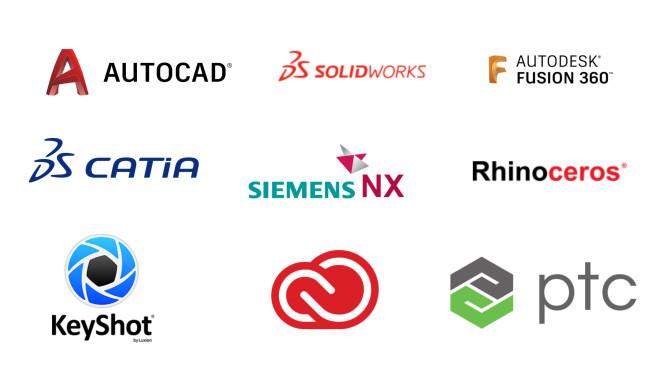
Real-World Success Stories from Top Design Companies
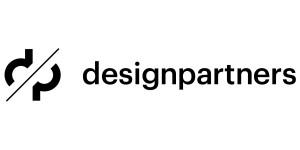
What to Look for When Choosing a Design Partner
Criteria Importance Questions to Ask Experience and Expertise High What projects have you completed that are similar to mine? Client Testimonials Medium Can you provide references? Design Philosophy High How do you approach user-centered design? Communication High How will we stay updated on project progress? Technical Skills Medium What tools and methodologies do you use? Budget High What is included in your pricing? 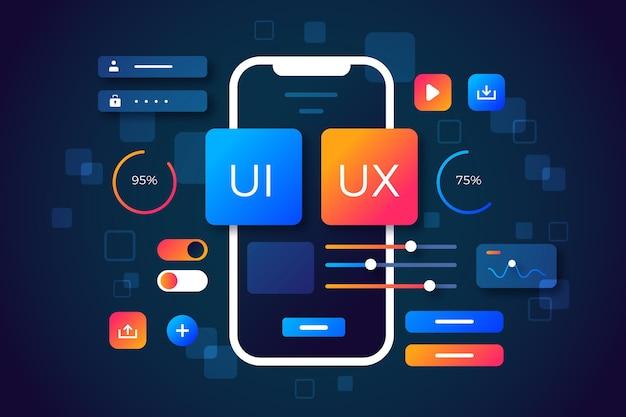
Elevating Your Brand with Exceptional UI/UX Design
Criteria Description Portfolio Review their previous work to gauge their design style and versatility. Client Testimonials Positive feedback from past clients can provide insight into their collaboration process. Industry Experience Look for companies with experience in your specific industry for tailored insights. Innovative Solutions Choose a partner known for their creativity and ability to solve complex design challenges. 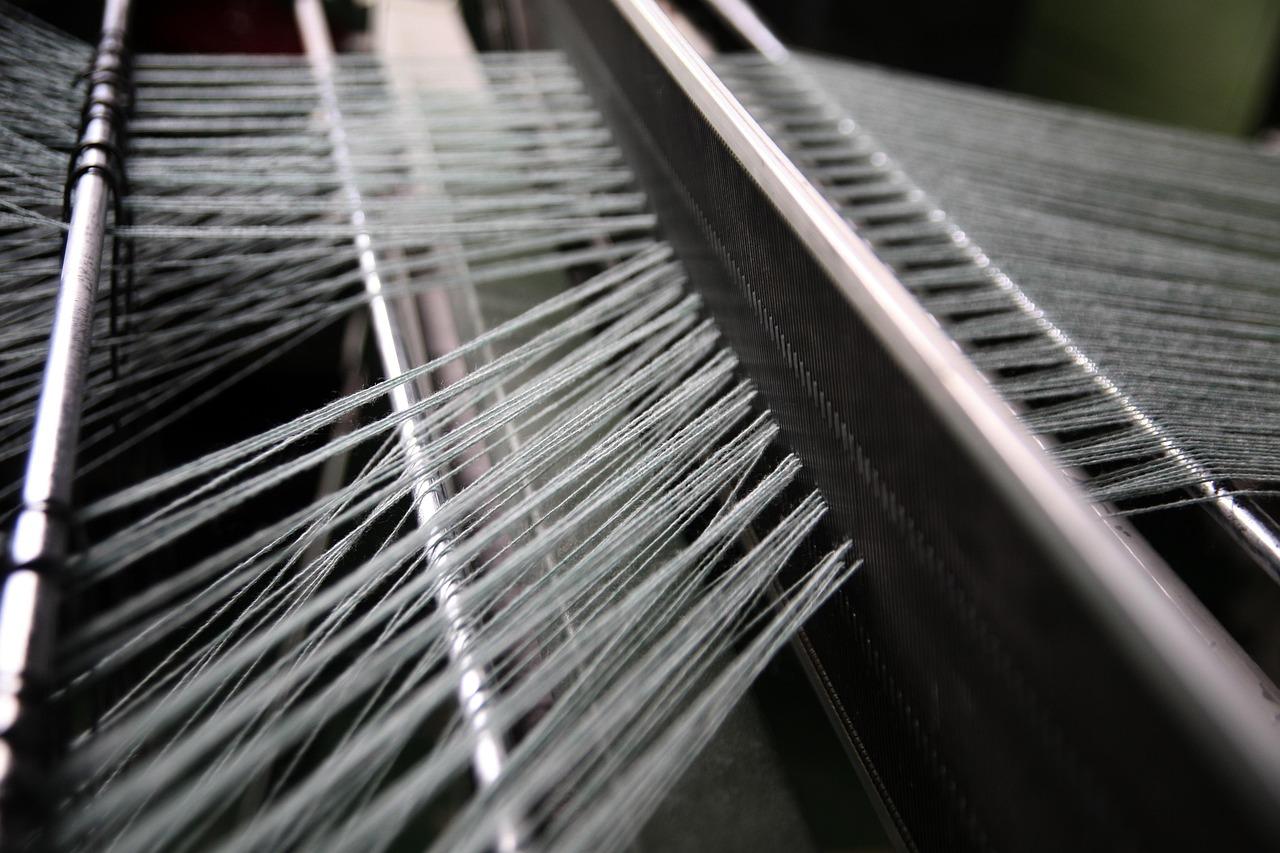
Future-Proofing Your Business Through Great Design
Benefit Description Improved Usability Designs that are easy to navigate enhance overall user experience. Increased Revenue Better design leads to higher user satisfaction, translating to sales. Brand Recognition Distinctive and attractive designs help build a strong brand identity. Competitive Advantage Staying ahead with innovative design sets a brand apart from competitors. Frequently Asked Questions (FAQ)
Q&A: Top 10 UI/UX Design Companies in 2025
To Conclude
